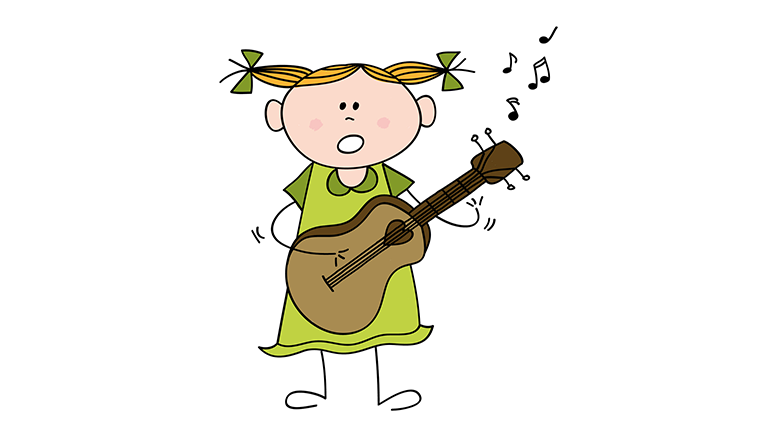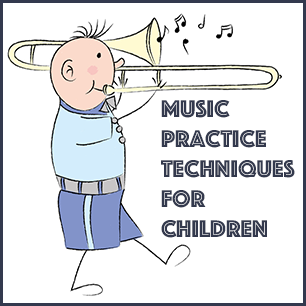How to encourage your children to practice their instrument
Practice: even the most seasoned musician can dread the word. Whether it’s making sure the practice is productive, doing exercises that just seem boring, or the biggest self-sabotage of all—finding the time!—it’s no wonder that families find music practice daunting. However, there are ways to make practicing more enjoyable for everyone, musicians and parents included.
Make it a game. Kids like to make noises. Have them try to make the loudest noise they can on their instrument (cover your ears!), and then the softest noise. Time how long they can hold a note. These exercises deal with dynamics—how loud or soft a note is—and help especially young children distinguish between “high” and “loud”, “low” and “soft”. Plus, the more time spent experimenting on the instrument, the more familiar they become with the proper posture and hand placement required to play their instrument.
- Create incentives. Create a simple chart listing the days of the week. Each day your child practices for at least ten minutes, place a sticker onto the day. At the end of the week, if your child has practiced every day, celebrate with something small but meaningful—a movie and popcorn, a favorite activity, etc. For older children, you can place a marble in a jar for each day of practice, or whatever method you find works for you as a family.
- Find a friend. Music with friends is always fun! If your child has a friend who is learning an instrument, have them come over for a low-pressure music session. Even if you wouldn’t qualify the sounds they’re making as music, they’re still playing and enjoying their instruments. Who knows—you could be kindling the fires of the next great rock band.
- Play music they enjoy. If your child is learning piano and loves rock music, have them ask their teacher if they can give write out a well-known rock and roll song for them to practice. Likewise, there’s nothing wrong with playing a pop song on the clarinet alongside practicing classical passages.
- Make time. This is the most important of all the steps! Carving the time into your daily schedule is key for making sure steps 1-4 actually happen. I have friends whose kids look forward to their practice block before school in the morning; others who enjoy practicing immediately after school, or after dinner. It doesn’t matter when it happens, as long as it happens consistently. Your child can find ten minutes in their day to work on their music; if all goes well, ten minutes will magically turn into twenty minutes when they find themselves concentrating on a particular technique or piece.
Your child’s music teacher will likely have their own exercises and practice techniques designed to help their students learn their best. Adding some of these strategies will make practice a fun, rewarding part of the day—and their teacher will thank you, too!
About our Expert:
Caroline O’Shea is a traditional Irish musician and writer, born and bred in Milton and currently living in Brighton. She has taught the Irish flute and tin whistle internationally and throughout New England to children and adults of all ages. You can catch her at festivals & events throughout New England, and playing locally at some of Boston’s best Irish pubs! If you’re interested in lessons or have further questions, please visit her website: cosheamusic.wordpress.com.







Be the first to comment on "Music practice techniques for children"